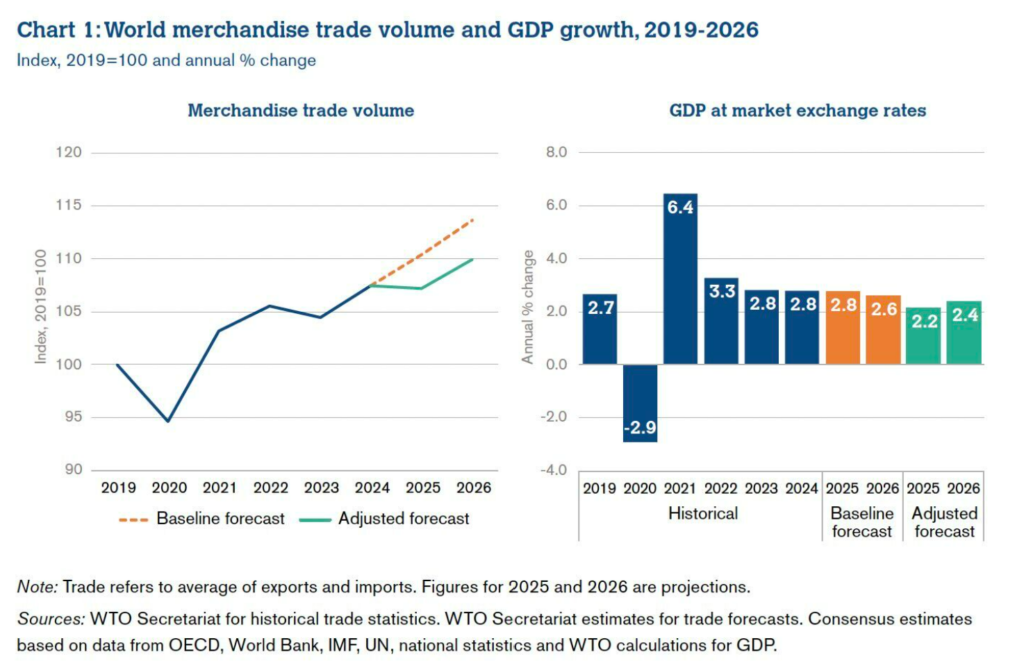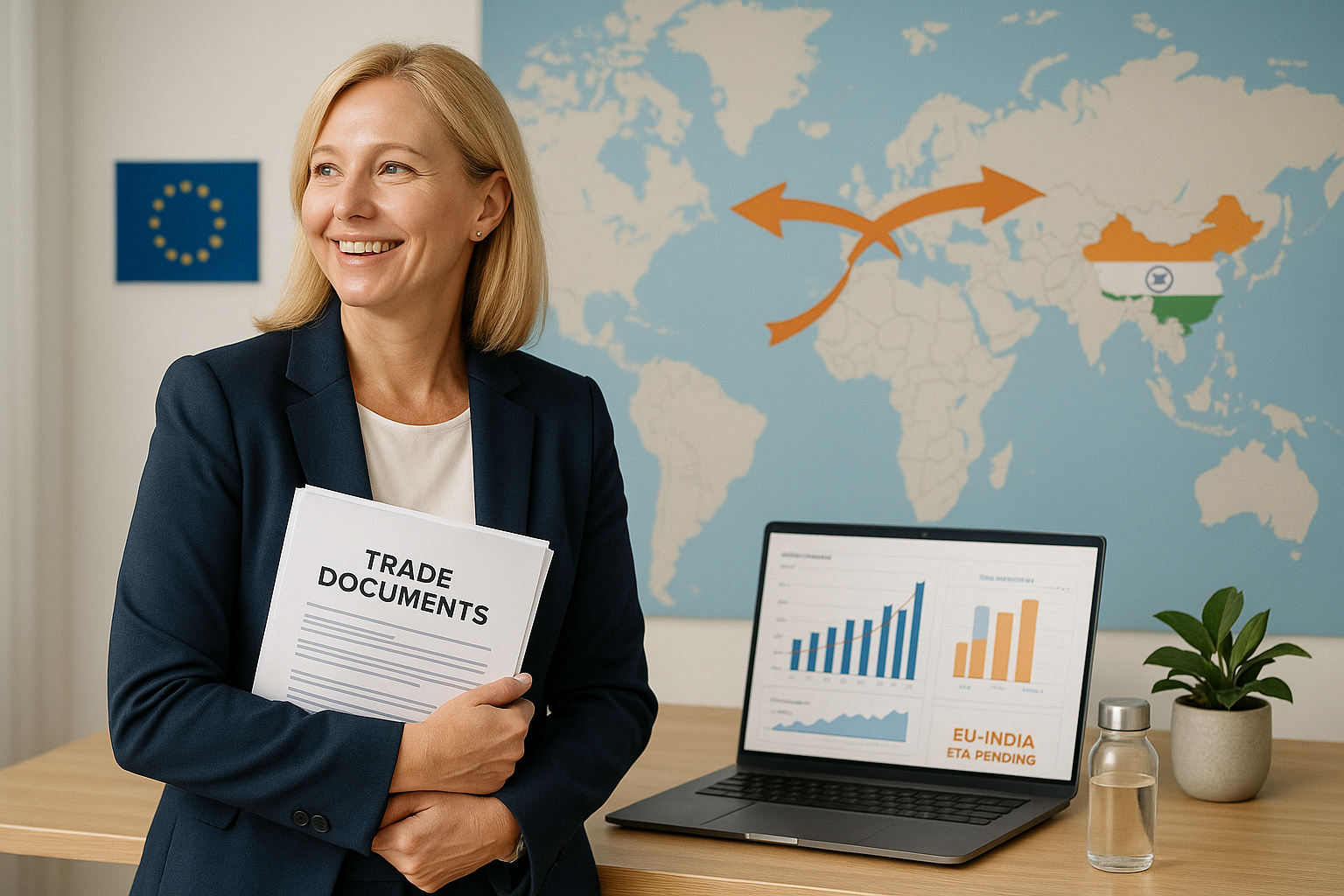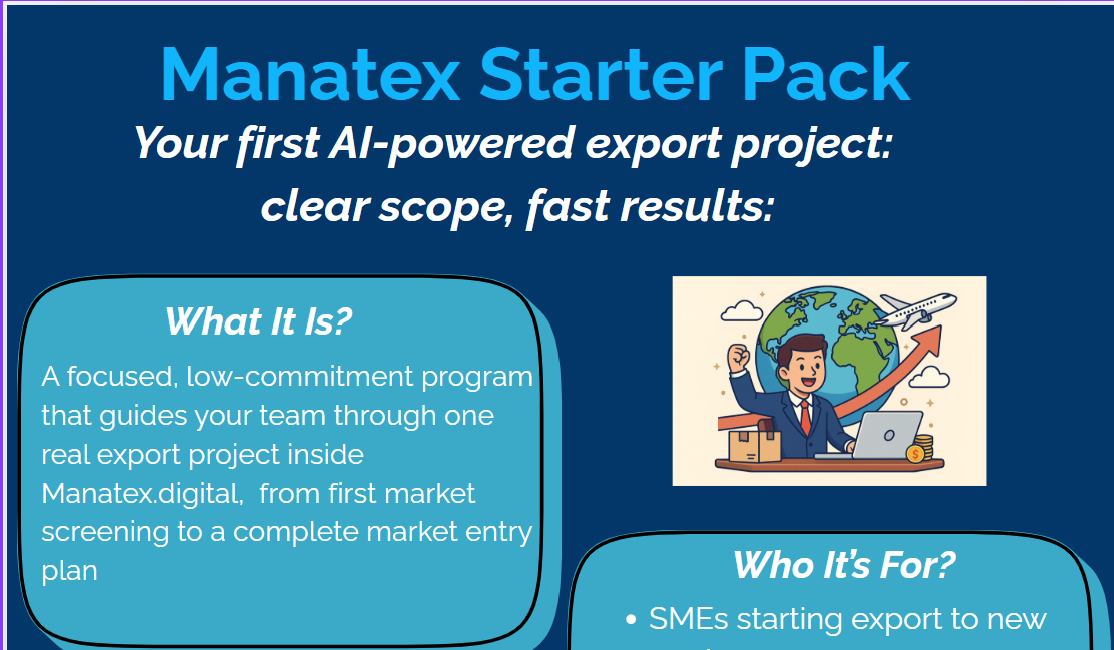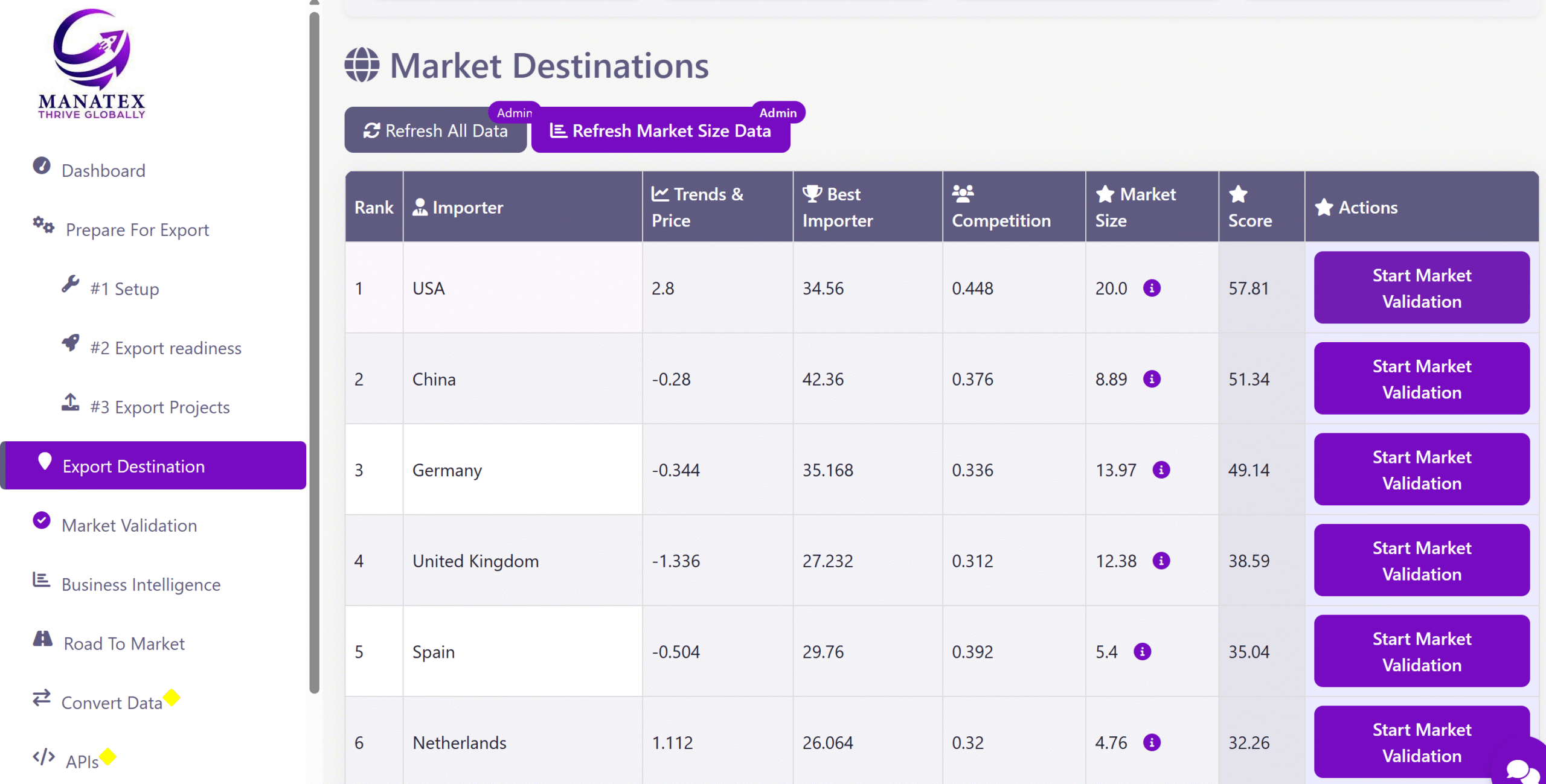Trade agreements play a significant role in international trade, especially now, when exporters have to manage more risks than ever before.
The main role of trade agreements is to eliminate trade barriers and shape the way businesses operate across borders.
All forecasts provided by WTO for international trade of merchandise and services take into account trade agreements and applied tariffs and their role.
For example, the Picture #1 below demonstrates the forecast of merchandise trade volume and its adjustment after changes in American trade policies (reciprocal tariffs).
Picture #1 (Source: WTO)

Types of Trade Agreements and their mechanics.
Trade agreements vary in scope and depth, but they generally fall into the following categories:
- Free Trade Agreements (FTAs): These agreements eliminate tariffs and other trade barriers between member countries.
- Customs Unions: Member countries agree to a common external tariff and eliminate internal tariffs.
- Preferential Trade Agreements (PTAs): These provide preferential access to certain products from participating countries by reducing tariffs.
The WTO controls about 60 different agreements,these agreements cover various aspects of trade, including goods, services, and intellectual property rights.
Strategic Advantages for Exporters
Engaging in trade agreements offers several benefits for exporters:
- Reduced Tariffs: Lower or eliminated tariffs make products more competitive in foreign markets.
- Market Access: Agreements often open up new markets that were previously restricted.
- Predictable Trade Environment: Established rules and dispute resolution mechanisms provide stability.
- Enhanced Supply Chain Efficiency: Simplified customs procedures and standards harmonization reduce delays.
Why companies don’t leverage FTAs
Despite the advantages, many companies fail to capitalize on trade agreements due to:
- Lack of Awareness: Businesses may not be aware of existing agreements or how to utilize them.
- Resource Constraints: Small and medium-sized enterprises (SMEs) may lack the resources to navigate complex trade regulations.
Strategies for businesses
To fully leverage trade agreements, businesses should:
- Conduct a Trade Agreement Audit: Identify which agreements apply to your products and target markets.
- Understand Rules of Origin: Ensure your products meet the criteria to qualify for preferential treatment.
- Utilize Technology: Implement software solutions to manage compliance and track changes in trade regulations. E.g. Manatex.digital helps companies to identify new markets and verifies all trade agreements (for each HS code, country of origin, target market etc.)
- Consult Experts: Engage with trade consultants or legal experts to navigate complex agreements.
Emerging agreements to watch (2025–2030)
Several significant trade agreements are on the horizon:
EU-India FTA: Aiming to enhance trade relations between the European Union and India.
African Continental Free Trade Area (AfCFTA): Set to create a single market for goods and services across Africa.
Comprehensive and Progressive Agreement for Trans-Pacific Partnership (CPTPP): Expanding to include more countries, increasing its global impact.
Turning policy into profit
Trade agreements offer a competitive advantage for companies that target new markets. By proactively engaging with these agreements and investing in compliance and technologies, companies can transform policy frameworks into tangible business opportunities.





